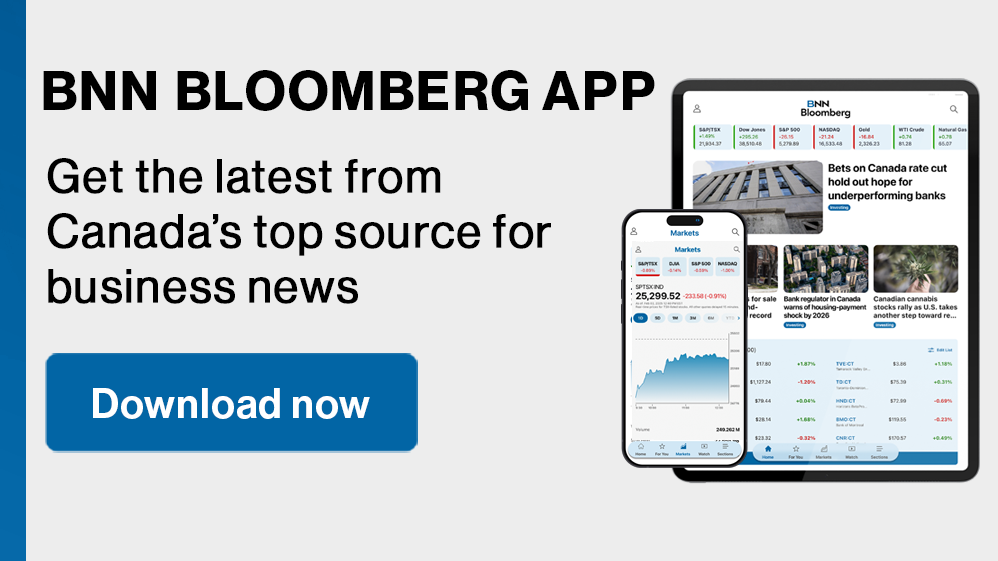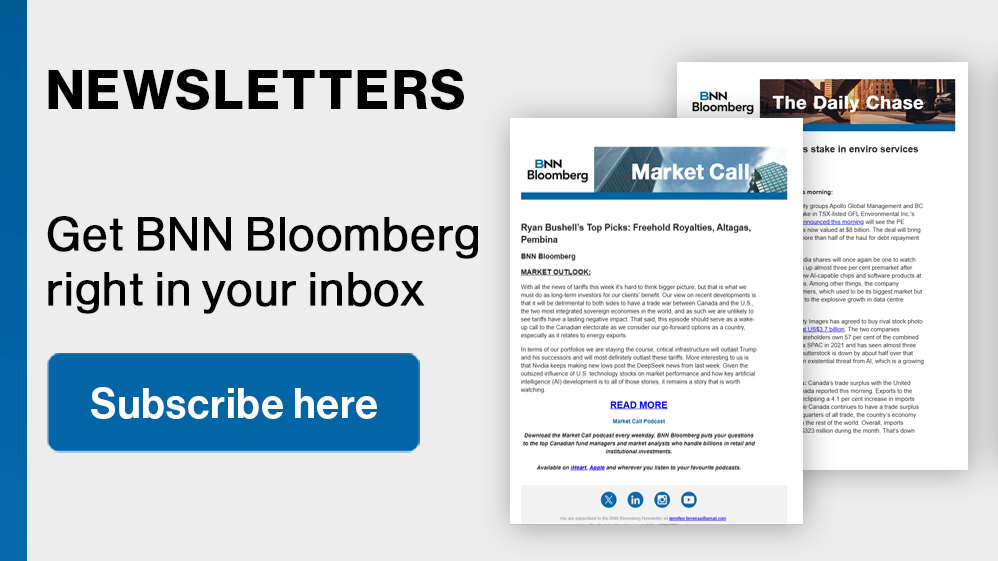(Bloomberg) -- Europe’s central banks are taking a determined dovish turn to aid economies bracing for more disruption from Donald Trump’s second stint in the White House.
Decisions by policymakers in Frankfurt and Bern on Thursday to cut interest rates left little doubt over the prospect of possible future easing to cushion the effect of unknowns ranging from trade tensions to geopolitically stoked currency volatility.
Most drastic was the Swiss National Bank’s surprise half-point reduction to 0.5%, further undoing constriction to reach a level last seen in September 2022, when officials ended almost eight years of subzero monetary policy.
The European Central Bank’s own quarter-point move — bringing its rate to a 1 1/2-year low — was accompanied by President Christine Lagarde’s observation that “the direction of travel currently is very clear.”
There’ll probably be moves of the same size in January and March, according to people familiar with the matter.
Following suit, Danish policymakers in Copenhagen also reduced borrowing costs.
With Thursday’s round of easing marking the final scheduled chance for officials to get their ducks in a row before Trump takes office in January, worries about growth or too-low inflation are taking firm precedent over concerns about lingering price pressures.
“For the moment, there’s only one way for European rates – down,” said Allianz Chief Economist Ludovic Subran. “The real question is, how far this will go. For the ECB I think there is a risk that the ECB may be forced to cut rates faster and more than anticipated now.”
Angst about the regime change in the White House is apparent elsewhere too. Canada’s central bank, cognizant of the danger of higher trade tariffs from its southern neighbor, cut by a half-point on Wednesday.
Brazilian policymakers, fresh from currency gyrations amid fiscal turmoil and Trump’s threat to BRICS members not to challenge the dollar’s dominance, later raised their own rate by 100 basis points.
It was currency worries in particular that motivated the SNB’s move. A new era of speculation in the franc, long seen by investors as a haven at times of geopolitical stress, is keeping officials on alert to stave off such speculation.
Vice President Antoine Martin told reporters that “developments abroad represent the main risk” to Switzerland’s economy. SNB chief Martin Schlegel warned traders that policymakers will lower rates if needed, could intervene in currency markets and will take borrowing costs negative again if they have to.
The ECB, meanwhile, changed the language of its statement to show it no longer wants to restrict the economy, also unveiling wholesale cuts to its 2024-2026 growth projections. Officials now see the euro-zone economy expanding just 1.1% in 2025, down from 1.3%, with Lagarde adding that risks to the outlook are “to the downside.”
“Tariffs will ultimately prove to be a disinflationary shock” for the euro area, economists Nick Kounis, Jan-Paul van de Kerke and Bill Diviney at ABN Amro said in a report. “This should see inflation undershooting the target over the medium term, which would require an accommodative monetary-policy stance.”
With its deposit rate currently at 3% after three reductions so far, investors are betting on easing going far deeper in due course, ending up at about 1.75% in the second half of 2025. Even that may not be enough, according to Pimco Portfolio Manager Konstantin Veit.
“We believe growth will continue to turn out weaker than what the ECB expects, and see potential for markets to price lower terminal rates,” he said in a report.
ECB Governing Council member Madis Muller also warned of a slow recovery for Europe, telling Vikerraadio on Friday that “a gradual improvement of the economic situation could take place in the whole of Europe, but no one is directly expecting a very powerful growth spurt or economic boom.”
For all the worries about 2025, officials can still take heart that at least the new year and its aftermath will remove some of the clouds shrouding their view of the future. Trump will take office on Jan. 20.
“A lot is going to be clarified, we hope, in the next few months,” Lagarde told reporters.
What Bloomberg Economics Says...
“We still expect further easing will be needed as other central banks continue to reduce rates. We expect the SNB to deliver another cut in March, taking the rate to 0.25%.”
—Maeva Cousin, senior economist. Click here for full REACT
Similarly, Schlegel said policymakers will look at what the Trump administration does next year, hoping that it won’t torment the country and brand it a currency manipulator, as happened during his last time in office in 2020.
“The US is an important trading partner for Switzerland,” he said. “Switzerland as a small open economy needs open markets, needs free markets.”
For Subran of Allianz the advent of Trump will just add to the troubles already facing the continent.
“The European economies are struggling with a lot of domestic challenges and this is compounded by the threatened trade tariffs by Trump,” he said.
--With assistance from Alexander Weber, Jana Randow, Jasmina Kuzmanovic, Kamil Kowalcze, Bastian Benrath-Wright and Ott Tammik.
(Updates with comment from Madis Muller in 17th paragraph)
©2024 Bloomberg L.P.














